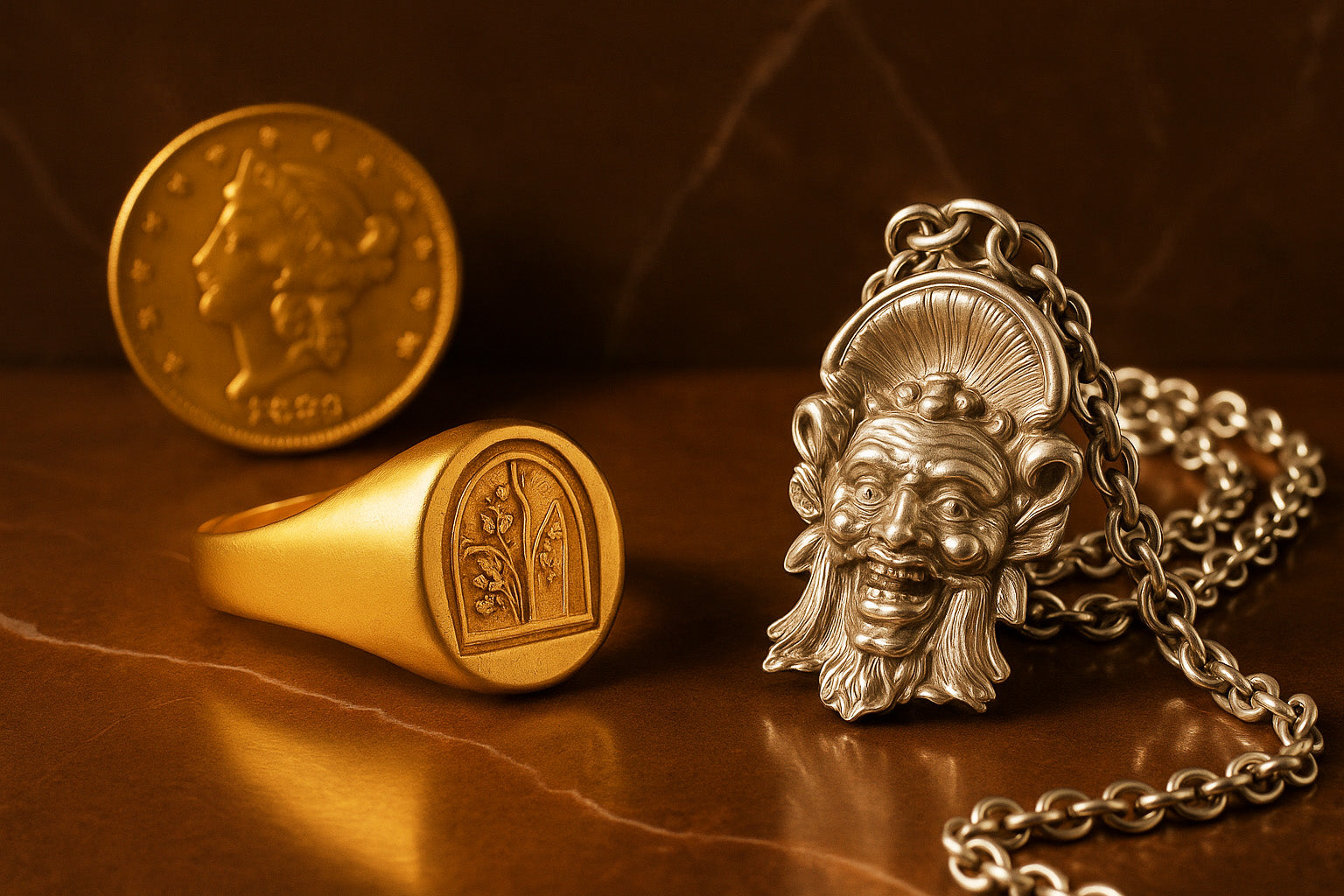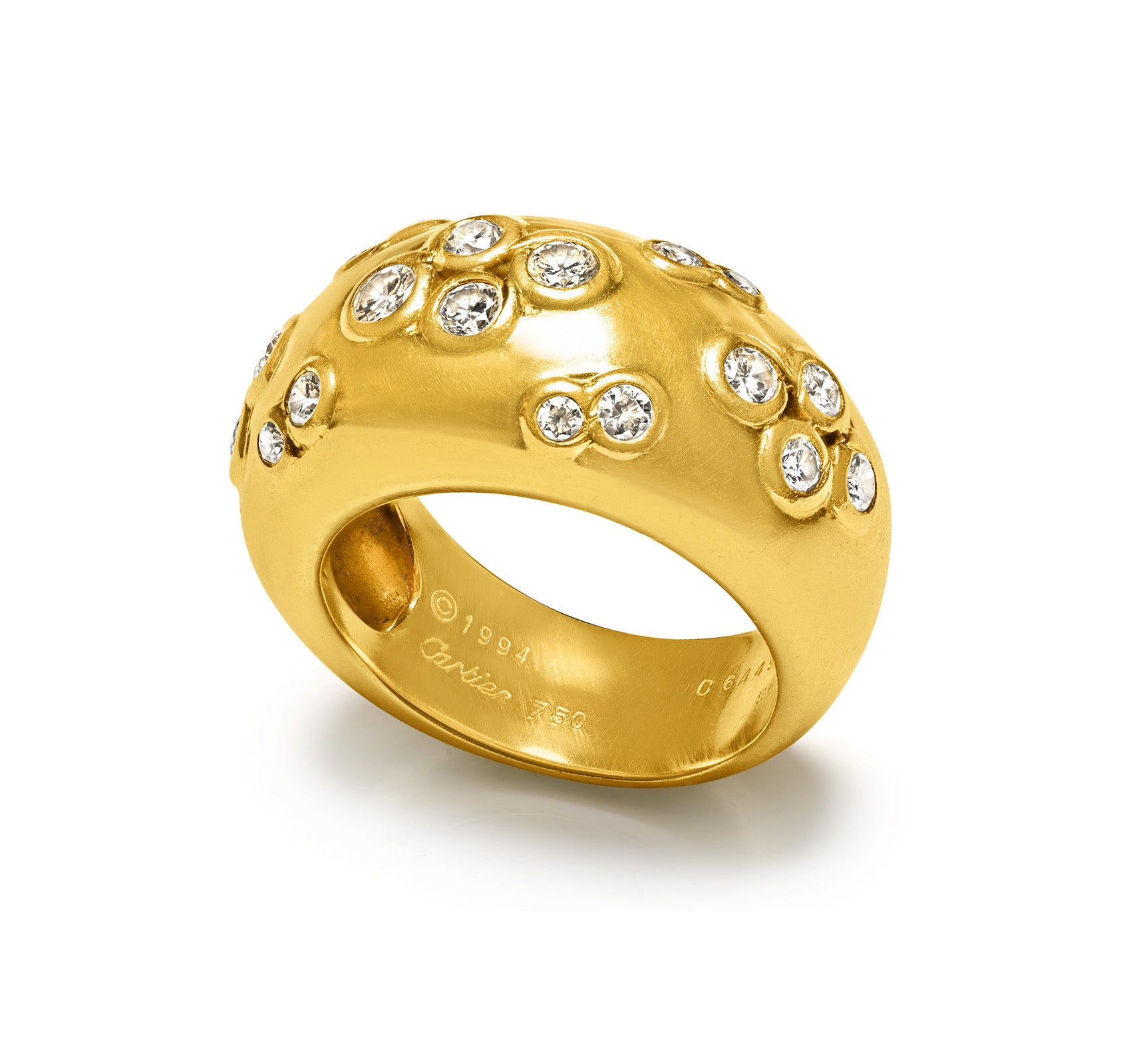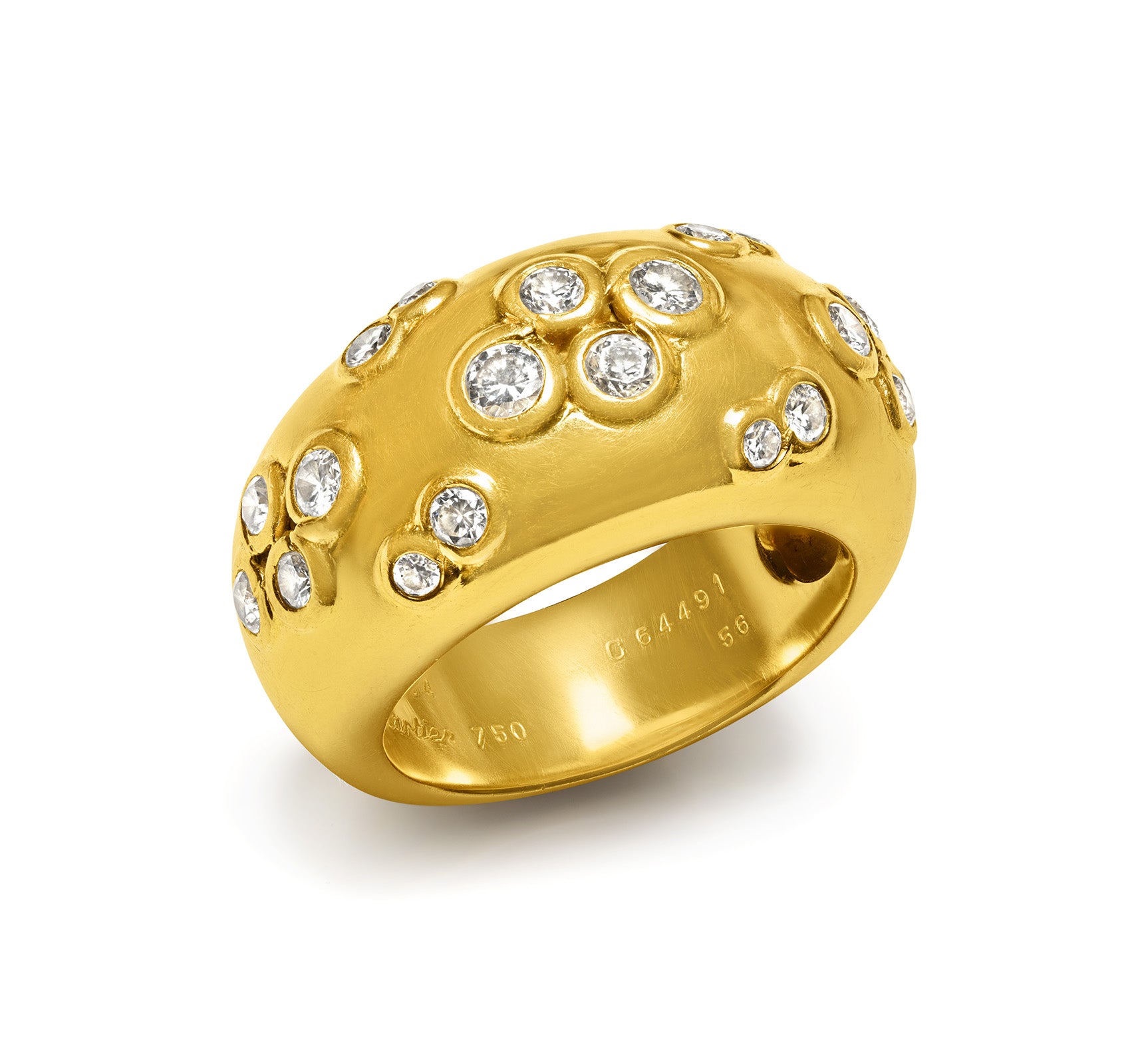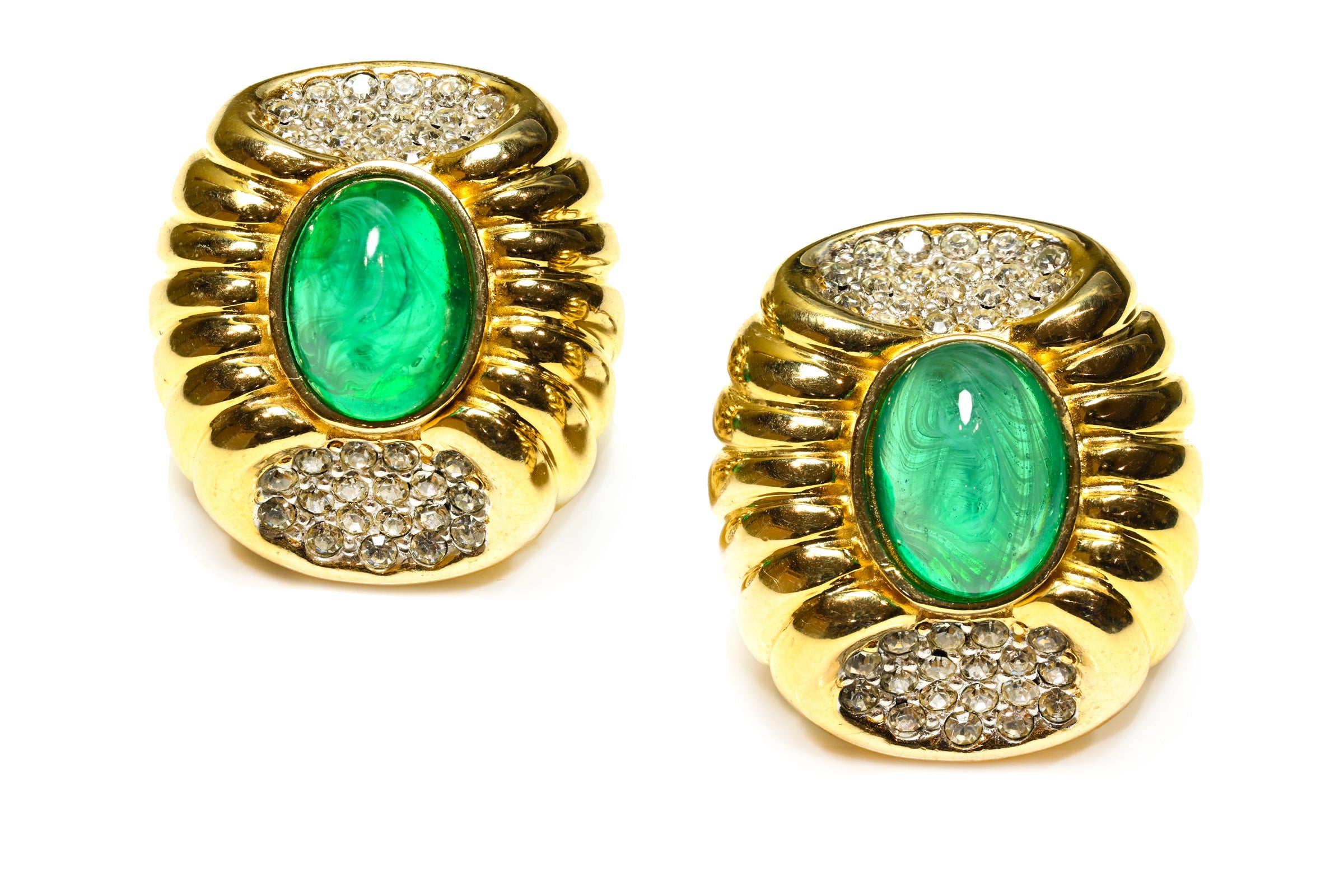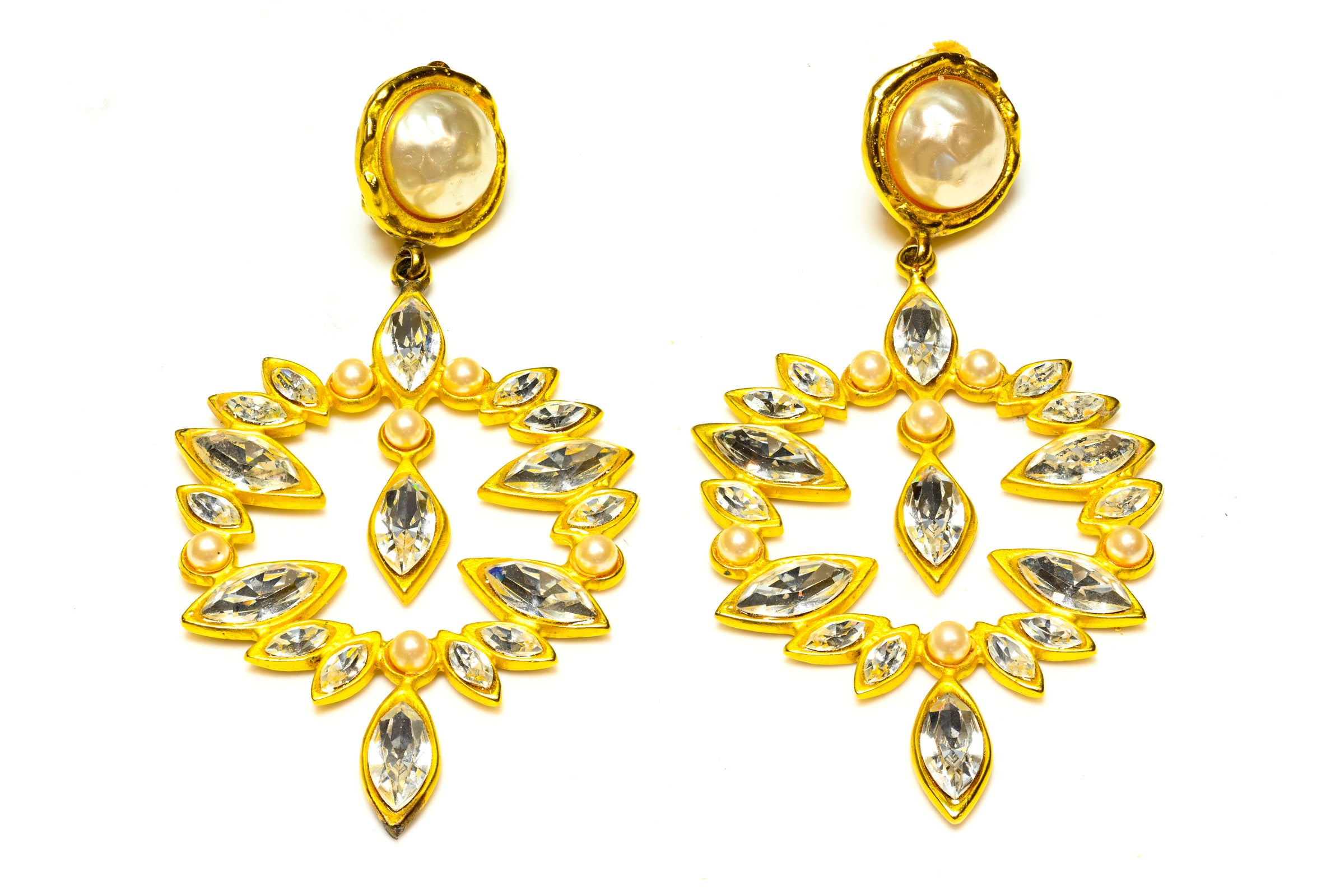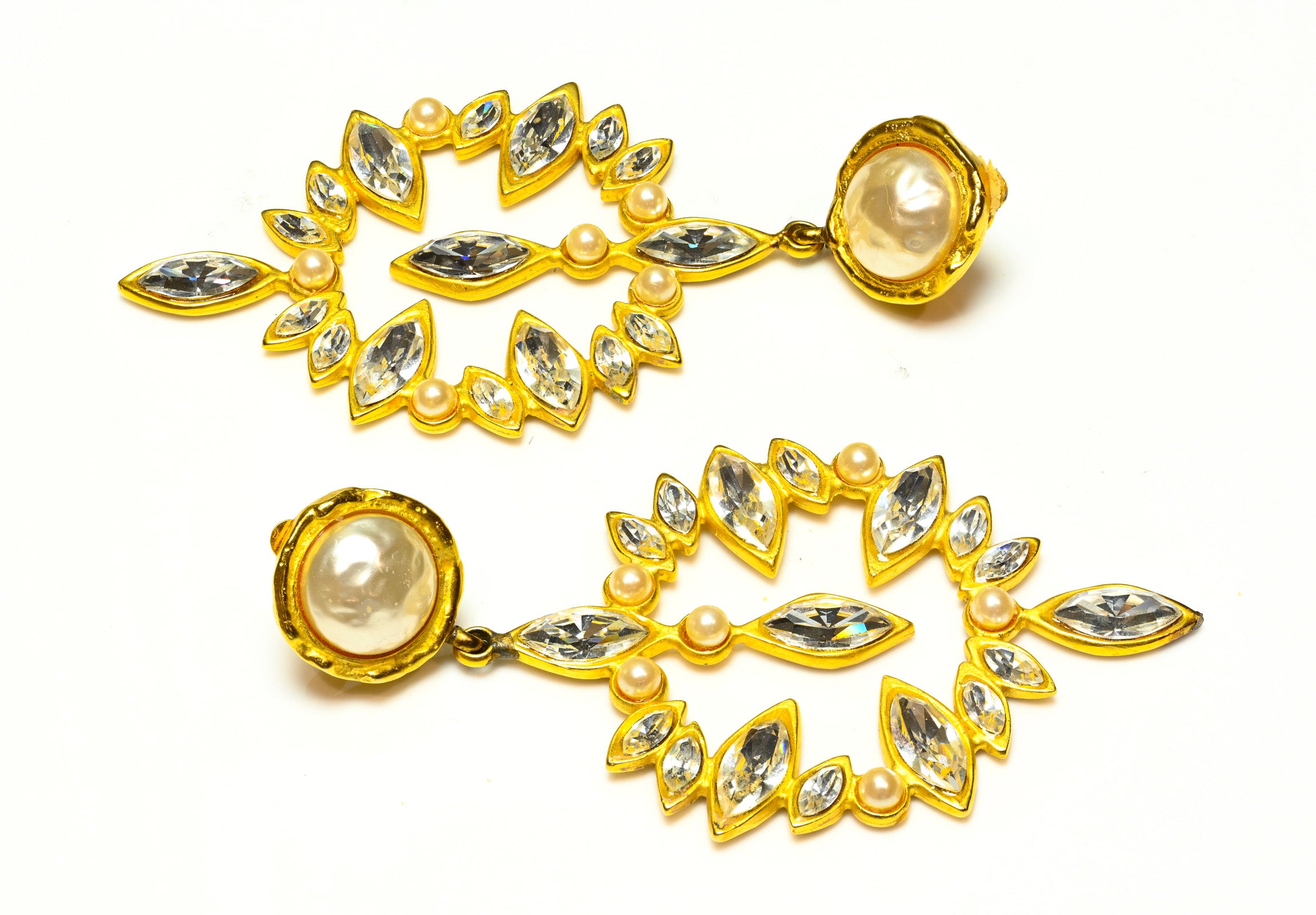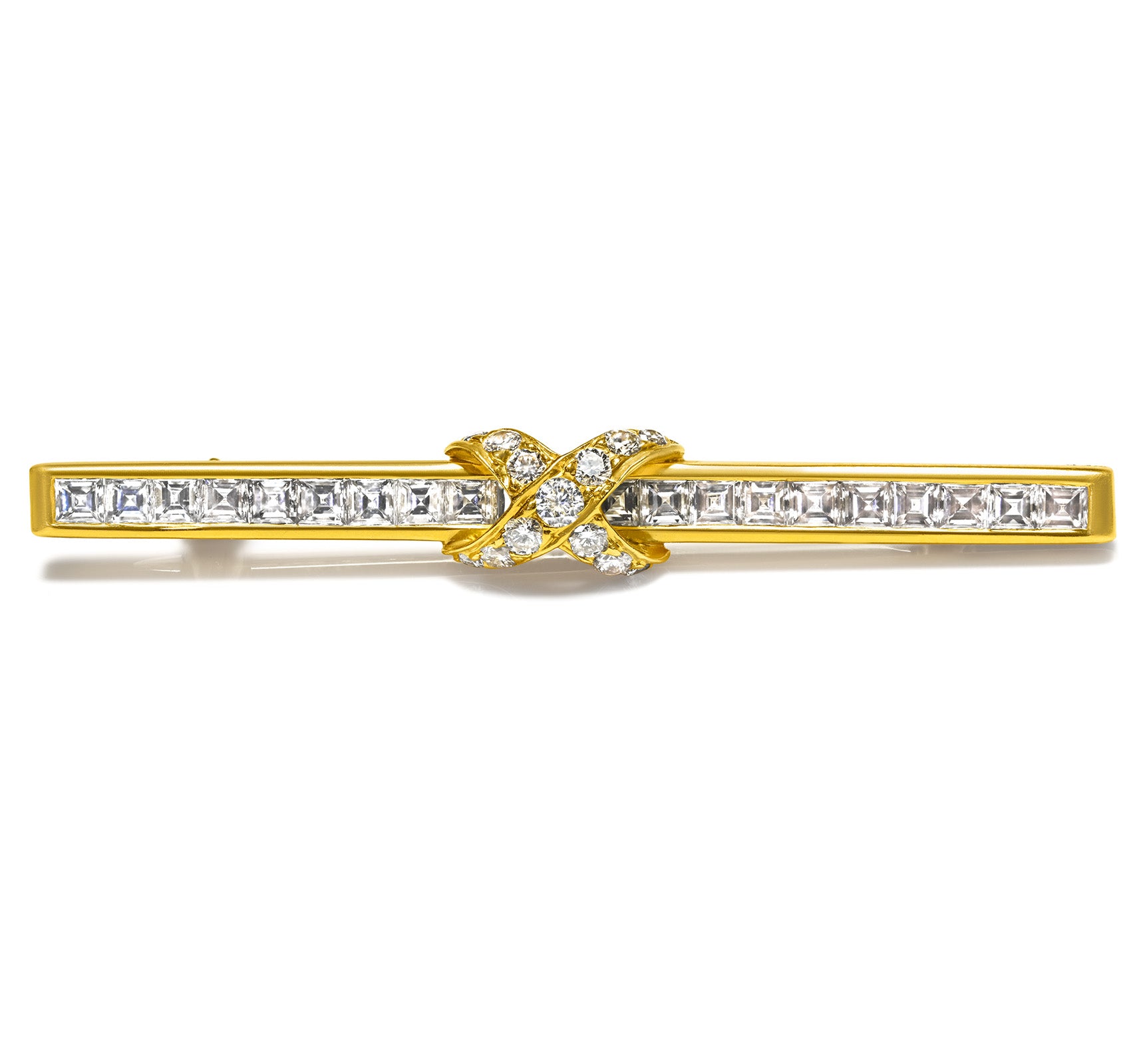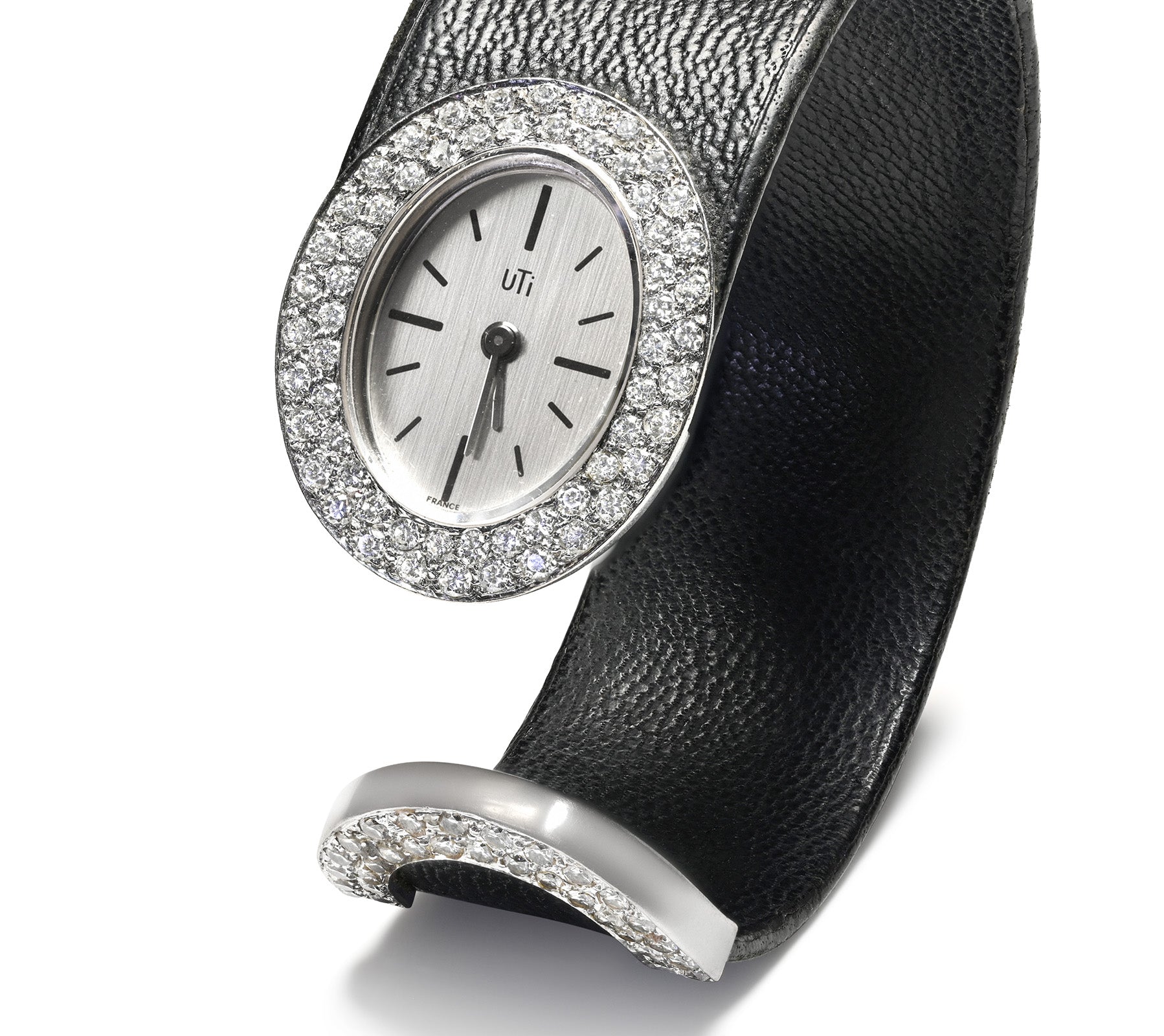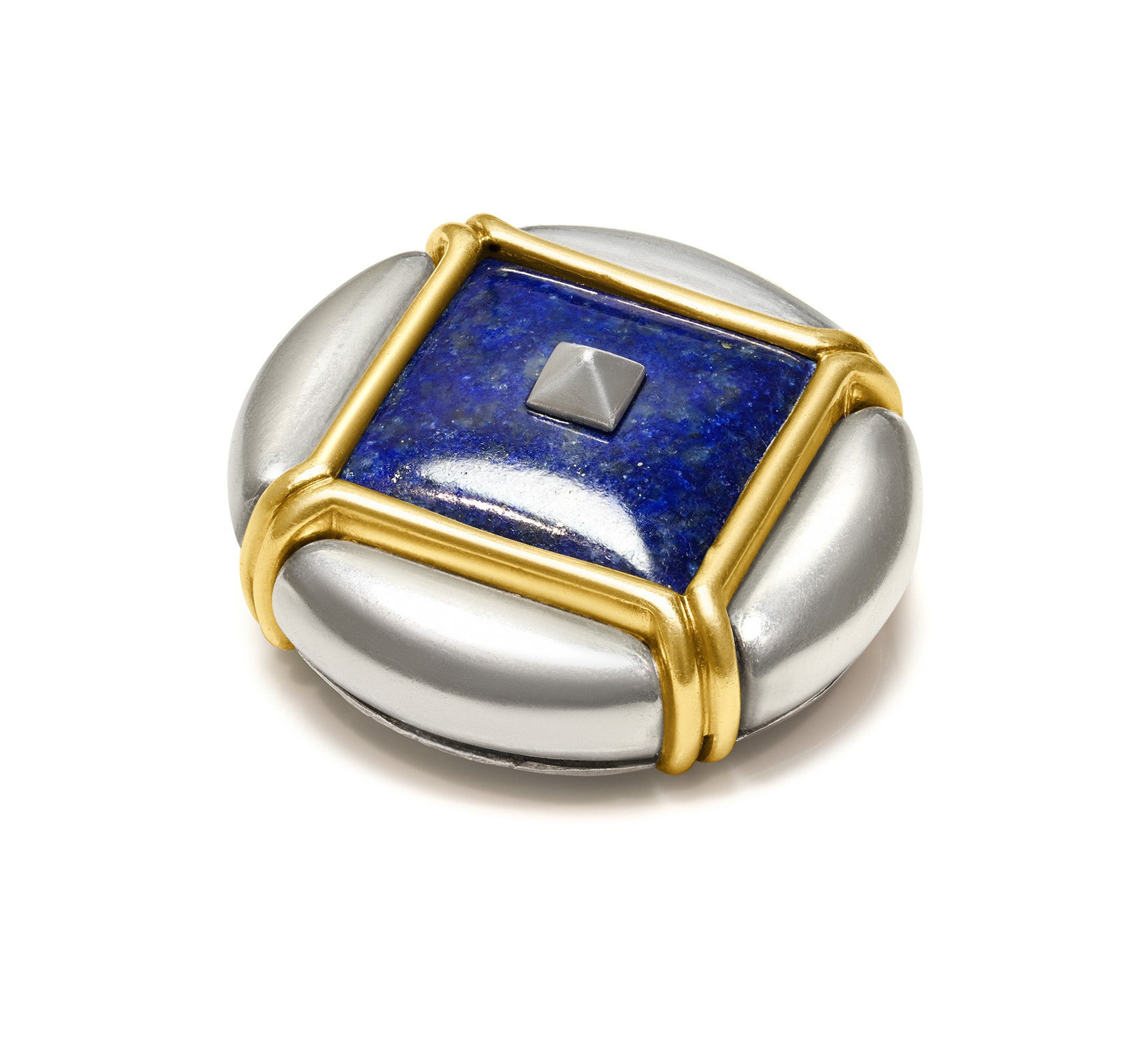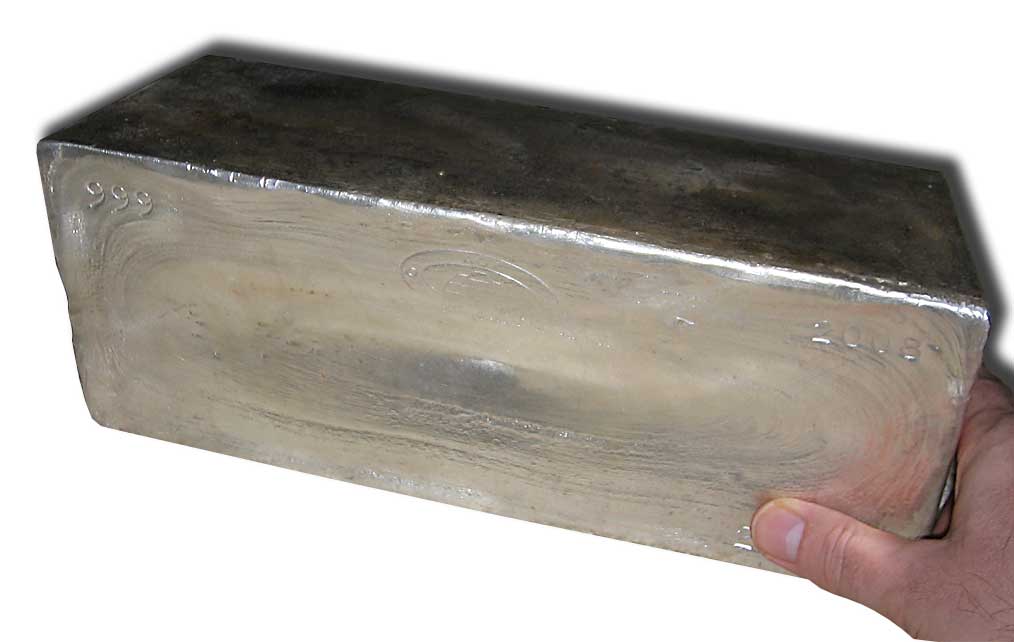
Why Silver Could Be the Investment of the Decade
For centuries, silver has held a peculiar position — too industrial to be seen purely as a safe haven, yet too precious to be considered a mere commodity. But as global economies shift toward green technologies and digital infrastructure, silver is emerging as one of the most strategically valuable metals of our era.
1. Why Silver Matters Now
Unlike gold, which is hoarded and reused, a large portion of silver is consumed in manufacturing, electronics, and solar energy — often lost forever in industrial waste. This makes silver both scarce and essential, a paradox that investors are increasingly paying attention to.
In 2025, silver prices have shown renewed strength, driven by the convergence of multiple forces — supply deficits, surging industrial demand, geopolitical uncertainty, and long-term inflation concerns.
For those seeking diversification and tangible value in an uncertain decade, silver is no longer a quiet alternative to gold — it’s a story of growth, scarcity, and technological relevance.

Silver bullion - Library of Congress, Public domain, via Wikimedia Common
2. A Brief Historical Perspective: From Ancient Currency to Modern Industry
Silver’s investment journey spans over 5,000 years. From ancient Mesopotamia to Spanish galleons and the global monetary systems of the 19th century, silver once served as the world’s primary currency. Its wide availability made it more practical than gold for everyday transactions, and its aesthetic brilliance ensured its place in art and jewelry.
However, the 20th century marked a turning point. As industrialization accelerated, silver’s identity evolved — shifting from monetary use to technological necessity.
Today, more than half of all silver demand comes from industrial sectors — particularly electronics, solar energy, and medical devices.
This transition transformed silver into what analysts call a “hybrid investment metal”: a safe-haven asset that also powers the world’s green and digital revolutions.

3. Global Supply: A Tight Market That Keeps Getting Tighter
3.1. The Production Challenge
Most of the world’s silver doesn’t come from dedicated silver mines. Instead, about 70% of global supply is produced as a byproduct of mining for copper, lead, and zinc.
This means that even when silver prices rise, total output doesn’t necessarily increase — miners respond to the economics of base metals, not silver itself.
The Silver Institute/Metals Focus expect another market deficit in 2025, following consecutive shortfalls since 2021. Estimates vary by methodology, but industry guidance points to a still-material deficit, though smaller than the record 2023 shortfall.
3.2. Recycling Limits
Recycling contributes an additional 180–200 million ounces per year — mainly from photographic waste, jewelry, and industrial scrap.
However, recycling rates have plateaued due to the low concentration of recoverable silver in modern electronics. As technology miniaturizes, extracting silver becomes more complex and less profitable.
3.3. The Structural Deficit
The global silver market is expected to remain in material deficit in 2025 (industry estimates vary), keeping it among the most imbalanced precious-metal markets.
This structural shortage is why analysts increasingly compare silver’s long-term outlook to that of copper — not just a store of value, but a critical material for the future economy.

Silver bullion - Kallemax, Public domain, via Wikimedia Commons
4. Demand Dynamics: The Industrial Engine Behind Silver’s Surge
4.1. The Solar Revolution
Solar panels are now one of the largest single consumers of silver.
Each photovoltaic (PV) cell requires tiny amounts of high-purity silver paste to conduct electricity.
Solar PV silver use hit a record in 2024 (well above 200 Moz). For 2025, analysts expect a modest pullback as manufacturers reduce silver loadings per cell, yet overall usage remains historically high alongside record installations. The longer-term picture still points to robust PV demand as capacity expands globally.
With major economies — including the U.S., China, and India — investing heavily in renewable infrastructure, silver’s role in the clean energy transition is not only secure but expanding.
4.2. Electric Vehicles and 5G
Electric vehicles (EVs) use nearly twice as much silver as traditional combustion-engine cars, primarily in circuit boards, sensors, and power systems.
Meanwhile, the rise of 5G networks and AI-powered devices adds an entirely new dimension to silver consumption, as the metal’s conductivity and corrosion resistance make it irreplaceable in modern electronics.
4.3. Medical and Technological Applications
Beyond energy and industry, silver plays a quiet but vital role in healthcare. Its antibacterial properties are used in wound dressings, medical instruments, and water purification systems.
With population growth and increasing health standards worldwide, these uses further anchor silver’s industrial foundation.
5. The Investment Perspective: Why Silver Is Regaining Its Shine
Silver’s investment narrative has always been linked to cycles of uncertainty. When faith in currencies weakens or inflation erodes purchasing power, investors traditionally flee to precious metals. But silver’s case in 2025 and beyond is unique — it combines safe-haven appeal with technological indispensability.
5.1. Silver’s Dual Identity in a Shifting Economy
Unlike gold, silver does not merely sit in vaults — it works. It conducts electricity, powers solar grids, drives data centers, and forms the connective tissue of modern infrastructure.
That industrial reality adds volatility, but also long-term relevance. When global demand for renewable energy, electric vehicles, and microchips expands, silver’s price moves not just because of investors — but because factories need it.
Meanwhile, macroeconomic stress has reignited its monetary role. The U.S. Federal Reserve’s anticipated interest-rate cuts, persistent inflation in Europe, and rising sovereign debt levels worldwide have made non-yielding assets like silver attractive once again. Lower real yields reduce the opportunity cost of holding metals, while a weaker dollar tends to lift all commodities priced in it.
5.2. The Gold-to-Silver Ratio: A Measure of Undervaluation
For centuries, the gold-to-silver ratio — how many ounces of silver it takes to buy one ounce of gold — has been a barometer for relative value. Historically, the ratio averaged around 15:1 in classical times and 40–60:1 during much of the 20th century.
In 2025, the gold-to-silver ratio has generally hovered in the ~80–90:1 range in 2025, still elevated versus long-run norms. If this ratio were to normalize even partially, silver would have to appreciate significantly. Many analysts see this imbalance as one of the most compelling technical arguments for owning silver today.
5.3. Central Bank Activity and Institutional Demand
While central banks focus overwhelmingly on gold, investor interest in silver has returned via ETPs/ETFs after prior outflows, and state-driven industrial policy (e.g., China’s solar/EV build-out) indirectly supports silver demand.
According to data compiled by the Silver Institute, silver-backed exchange-traded products (ETPs) recorded net inflows in early 2025 after two years of outflows. Investors are returning to silver as inflation hedges diversify beyond gold.
The People’s Bank of China, while mainly focusing on gold, has indirectly influenced silver demand through industrial policy. Its aggressive investment in renewable energy and electric-vehicle production has made China one of the largest consumers and refiners of silver globally.
5.4. Historical Performance and Price Trends
Over the past decade, silver has proven its cyclical nature. After a long consolidation following the 2011 peak of around $49 per ounce, prices languished below $20 for much of the 2010s. But since 2020, silver has steadily climbed, supported by post-pandemic industrial recovery and green-energy investment.
In 2025, silver has tested the $40s at times, while many sell-side full-year averages sit in the mid-$30s. Recent bank outlooks cluster around high-$30s to low-$40s over the next 12 months, with some longer-term scenarios reaching $50+ if deficits persist and green demand accelerates.”
Beyond the numbers, silver’s appeal lies in its accessibility. Retail investors can participate through physical coins, bars, ETFs, and mining equities, often with a much lower entry cost than gold. For those seeking a tangible hedge against systemic risks without paying gold’s premium, silver offers a realistic and liquid alternative.
5.5. The Return of the “Poor Man’s Gold”
The phrase “poor man’s gold” no longer captures silver’s true character. Its performance during crises rivals that of gold, but its industrial reach gives it broader relevance in the global economy.
When the world transitions to renewable energy systems and digital infrastructure, silver will not only store wealth — it will create it.
6. Market Outlook: Price Scenarios, Expert Forecasts, and the Case for 2030
Silver’s future depends on a delicate balance between industrial expansion, monetary policy, and global supply limitations. Analysts agree that the 2020s could represent a structural shift in how silver is valued — not merely as a commodity but as a strategic resource central to the energy and technology revolutions.
6.1. Short-Term Outlook (2025–2026)
The near-term environment favors silver. With expectations of interest rate cuts by major central banks and continued weakness in global manufacturing data, investors are seeking inflation protection and asset diversification.
According to forecasts from Citi, silver prices could reach $42 per ounce by early 2026, driven by investor inflows and industrial consumption. Meanwhile, Goldman Sachs maintains a 12-month target of $40, citing expanding demand from the photovoltaic (solar) industry and ongoing supply deficits.
Silver’s short-term volatility, however, remains higher than gold’s. Industrial demand can fluctuate depending on global growth trends. But even in downturns, the metal tends to hold a premium due to its dual utility — part safe haven, part energy metal.
6.2. Mid-Term Forecast (2027–2030)
The mid-to-late 2020s could be transformative for silver. Several macro trends converge during this period:
-
The Energy Transition: Global solar capacity is projected to triple by 2030, according to the International Energy Agency (IEA). That means a significant rise in silver consumption — since no known substitute can match its conductivity and durability in solar cells.
-
Electrification and AI Infrastructure: The rollout of 5G, electric vehicles, data centers, and advanced robotics will continue to increase silver usage in circuitry and battery systems.
-
Monetary Realignment: With major economies re-evaluating currency stability amid digital and geopolitical shifts, precious metals — particularly gold and silver — are expected to regain importance in institutional reserves.
If current trends persist, UBS analysts project silver prices could average around $50 per ounce by 2028, while some independent commodity strategists foresee the possibility of $75–$100 per ounce by 2030 under aggressive electrification and limited supply growth scenarios.
6.3. Structural Drivers of Long-Term Value
Several structural forces will likely underpin silver’s price beyond 2030:
-
Declining Ore Grades: Miners report steadily falling ore quality. Extracting the same ounce of silver now requires processing nearly double the amount of rock compared to two decades ago.
-
Byproduct Dependency: Since most silver is mined alongside other metals, producers can’t easily scale up supply in response to higher prices.
-
Green Infrastructure Spending: Governments worldwide are allocating trillions toward renewable infrastructure — a silver-intensive sector.
-
Monetary Diversification: Central banks in Asia, Latin America, and the Middle East continue reducing their dependence on the U.S. dollar, favoring tangible assets, including precious metals.
Taken together, these trends suggest a long-term bullish foundation for silver that extends well beyond cyclical market movements.
6.4. The Case for a Silver Revaluation
Some analysts argue that silver remains severely underpriced relative to its industrial and strategic importance.
If we consider the gold-to-silver ratio returning to its historical median of around 40:1 — and assuming gold trades near $4,000 per ounce later this decade — silver could theoretically exceed $100 per ounce under equilibrium conditions.
While such estimates are speculative, the logic behind them rests on solid fundamentals: the world needs silver not just to hedge risk, but to power its future.

7. How to Invest in Silver: Physical Bullion, ETFs, and Strategic Exposure
Investing in silver can be as simple as holding a coin or as complex as trading futures on global exchanges.
What makes silver particularly interesting is the diversity of access points it offers — from traditional bullion to modern digital investment vehicles. Each comes with its own benefits, risks, and role within a portfolio.
7.1. Physical Silver: Tangible Wealth and Historical Security
Owning physical silver — coins, bars, or rounds — remains the most direct and historically trusted way to invest.
Collectors and investors alike appreciate its tactile nature and independence from the financial system.
-
Silver Coins: Popular among retail investors, silver coins such as the American Silver Eagle, Canadian Maple Leaf, and Austrian Philharmonic offer high purity and global recognition.
-
Silver Bars: Favored by larger investors, bars are more efficient for storing bulk quantities. Premiums over the spot price are usually lower than coins.
-
Antique and Vintage Silver: Beyond bullion, historic silver jewelry and objects (such as those curated by DSF Antique Jewelry) carry both intrinsic metal value and collectible artistry — often appreciating over time for their craftsmanship and rarity.
However, physical silver requires secure storage and insurance, and selling may take longer than liquid paper assets.
7.2. Exchange-Traded Funds (ETFs) and ETPs
For investors seeking liquidity without the logistics of storage, silver-backed ETFs or ETPs provide a practical alternative. These funds track the spot price of silver and can be traded like any stock.
Notable examples include:
-
iShares Silver Trust (SLV) – the largest and most liquid silver ETF, backed by physical bullion stored in London vaults.
-
Aberdeen Standard Physical Silver Shares ETF (SIVR) – known for its transparency and lower expense ratio.
-
WisdomTree Physical Silver (PHAG) – a London-listed option backed by LBMA-good-delivery bars.
ETFs allow investors to easily gain exposure to silver’s price movements, though they lack the direct ownership appeal of physical metal.
7.3. Silver Mining Stocks and Mutual Funds
Another way to gain leveraged exposure to silver is through mining equities. When silver prices rise, mining companies often outperform due to increased profit margins.
However, they also carry operational risks — such as cost inflation, environmental regulations, and geopolitical exposure.
Leading silver producers include Fresnillo (Mexico), Pan American Silver (Canada), First Majestic Silver (Mexico), and Hecla Mining (U.S.). Investors can also diversify through mutual funds or ETFs such as Global X Silver Miners ETF (SIL), which spreads risk across multiple companies.
7.4. Futures and Options: For Advanced Investors
Sophisticated investors sometimes use silver futures contracts or options to speculate on short-term price movements or hedge large physical positions.
These instruments offer leverage but also introduce significant risk, requiring a high level of expertise and monitoring.
Because of this, futures trading is better suited for professionals or institutions than for individual investors seeking long-term exposure.
7.5. Digital and Tokenized Silver
The latest innovation in the silver market comes from blockchain technology. Several platforms now offer tokenized silver, where each digital token represents a fractional share of a vaulted silver bar.
These tokens combine the advantages of physical backing with instant, global liquidity — and may shape the next generation of precious-metal investment.
7.6. Portfolio Allocation and Risk Management
Financial advisors typically recommend allocating 5–10% of a portfolio to precious metals, depending on risk tolerance.
Silver’s higher volatility compared to gold means it can amplify both gains and losses, making diversification within metals — holding both gold and silver — an effective strategy.
Long-term investors often view silver not only as an inflation hedge, but as a strategic asset tied to energy and technological growth. Its blend of industrial demand and financial security makes it uniquely positioned for the decade ahead.
8. Risks, Challenges, and Future Innovations in the Silver Market
No precious metal investment comes without challenges — and silver, for all its brilliance, is no exception. While its future appears promising, understanding the risks and technological shifts shaping the market is essential for long-term investors.
8.1. Price Volatility and Market Liquidity
Silver’s greatest strength — its dual role as an industrial and investment metal — can also be its weakness. Because nearly half of global demand comes from manufacturing and technology, economic slowdowns can cause temporary price drops.
Unlike gold, which is primarily held as a monetary asset, silver prices fluctuate with changes in industrial production, energy demand, and consumer electronics cycles.
For instance, during the 2020 pandemic lockdowns, silver initially dropped 30% before rebounding to record levels once industrial activity resumed.
Short-term traders often exploit this volatility, but for long-term investors, patience and diversification are key.
8.2. Supply Constraints and Environmental Challenges
Most silver is mined as a byproduct of other metals like lead, zinc, and copper — meaning output depends on the economics of those metals, not on silver itself.
Even when prices rise sharply, producers can’t easily ramp up supply. That dynamic contributes to recurring structural deficits in the market, where demand outpaces annual production.
However, mining expansion faces rising environmental and regulatory pressures. New deposits are harder to access, while sustainable mining standards increase operational costs. These realities could tighten future supply even further, pushing prices upward — but they also introduce higher production risk.
8.3. Technological Substitution Risk
Innovation may reshape how silver is used in key industries. For example, solar panel manufacturers are experimenting with silver-thrifty technologies — reducing the amount of metal needed per cell.
If these technologies scale, silver demand growth could slow, even as total production continues to decline.
On the other hand, new fields such as quantum computing, medical nanotechnology, and advanced battery chemistry are emerging as silver-intensive sectors, potentially offsetting these reductions.
8.4. Market Manipulation and Paper Silver Concerns
Critics have long argued that silver prices are artificially suppressed through excessive leverage in the paper markets — namely, futures and derivative contracts that exceed physical inventories many times over.
While regulators such as the CFTC (Commodity Futures Trading Commission) monitor for manipulation, transparency remains a concern for retail investors who prefer the security of physical ownership.
The growing popularity of allocated and fully backed silver ETFs, along with blockchain-based verification systems, is helping rebuild trust and align paper claims more closely with real bullion reserves.
8.5. Geopolitical and Monetary Shifts
Silver’s outlook is tightly linked to the health of global currencies. A weaker U.S. dollar, rising inflation, or prolonged fiscal instability tends to boost demand for tangible assets.
Conversely, a sudden restoration of confidence in fiat systems — or a sustained period of deflation — could temporarily reduce investor appetite.
Geopolitical tensions also shape demand. In times of conflict or sanctions, nations tend to accumulate physical metals as reserves of last resort. In this sense, silver benefits from the same forces that strengthen gold — but with added industrial leverage in rebuilding economies after crises.
8.6. The Promise of Innovation
The next decade could transform how silver is sourced, refined, and traded. Advancements in recycling technology are expected to recover more metal from obsolete electronics and solar panels, reducing environmental impact.
At the same time, the rise of digital silver tokens and decentralized trading platforms will likely democratize access to global bullion markets, making silver investment more transparent and efficient than ever before.
In short, the silver market of 2030 will look vastly different from today’s — more connected, sustainable, and technologically integrated.
Silver’s Future Potential
For centuries, silver has bridged two worlds — the tangible and the symbolic, the industrial and the monetary. It has served as currency, art, and technological foundation. From the coins of ancient empires to the circuits of modern AI processors, silver continues to adapt, proving that true value lies in resilience through change.
As we move toward a future defined by electrification, digital economies, and growing global instability, silver’s unique position becomes ever clearer. It’s no longer just a “poor man’s gold” — it’s a strategic metal, indispensable to clean energy, advanced computing, and wealth preservation.
The coming years are likely to bring not only higher prices but also a shift in perception. Silver may evolve from a speculative commodity into a recognized pillar of sustainable global infrastructure.
Whether held in bars, coins, jewelry, or innovative digital form, silver remains — and will remain — one of humanity’s most enduring measures of value.
Frequently Asked Questions (FAQ) About Investing in Silver
1. Is silver a good investment in 2025?
Yes. In 2025, silver continues to attract investors due to strong industrial demand, persistent supply deficits, and renewed interest in precious metals as inflation hedges. Analysts from Citi and Goldman Sachs forecast silver prices in the $40–$42 per ounce range, with potential for higher gains if industrial trends remain strong.
2. How does silver differ from gold as an investment?
Gold is primarily a monetary asset, stored by central banks and investors as a hedge against inflation and currency risk.
Silver, on the other hand, serves both industrial and monetary purposes — it’s used in solar panels, electronics, and electric vehicles. This dual role makes silver more volatile than gold but also gives it greater long-term growth potential in a technology-driven economy.
3. What are the main factors that drive silver prices?
Silver prices are influenced by:
-
Industrial demand (especially from solar and EV sectors)
-
Monetary policy and global inflation trends
-
U.S. dollar strength or weakness
-
Mining supply and recycling volumes
-
Investor sentiment through ETFs and physical bullion markets
4. Is silver expected to rise in the next five years?
Most industry reports, including the World Silver Survey 2025, suggest silver could rise 20–50% by 2030 under base-case assumptions, with optimistic forecasts reaching $75–$100 per ounce if supply constraints persist and renewable energy expansion accelerates.
5. Is silver undervalued compared to gold?
Yes. The gold-to-silver ratio — currently around 80–90:1 — indicates that silver is historically undervalued. If the ratio moves closer to its long-term average of 60:1 or lower, silver prices would likely appreciate significantly relative to gold.
6. What are the risks of investing in silver?
Key risks include:
-
Price volatility due to its industrial dependence
-
Technological substitution, as manufacturers reduce silver use in solar cells
-
Market manipulation concerns in paper silver markets
-
Global economic slowdowns, which may temporarily reduce industrial demand
Despite these risks, silver’s scarcity and industrial importance make it a strong long-term diversification asset.
7. How can I invest in silver?
You can invest through:
-
Physical bullion (coins, bars, vintage silver jewelry)
-
Exchange-Traded Funds (ETFs) such as SLV, SIVR, or PHAG
-
Silver mining stocks or ETFs (e.g., Global X Silver Miners ETF)
-
Digital or tokenized silver backed by vaulted physical metal
Each option differs in liquidity, risk, and storage requirements.
8. Is it better to buy silver coins or bars?
For smaller investors, silver coins like the American Silver Eagle or Canadian Maple Leaf are easier to trade and globally recognized.
For larger investments, silver bars offer lower premiums per ounce and are more efficient for storage.
9. How much silver should I hold in my portfolio?
Most financial advisors recommend allocating 5–10% of total portfolio value to precious metals, split between gold and silver.
Silver’s volatility can amplify gains during bull markets but should be balanced with other stable assets.
10. What is the long-term outlook for silver by 2035?
Long-term forecasts suggest silver could reach $60–$100 per ounce by 2035, driven by structural demand from green energy, electrification, and digital technologies.
As ore grades decline and recycling remains limited, silver’s scarcity will likely strengthen its role as both a strategic resource and a store of value.
11. Does silver jewelry count as an investment?
Yes — high-quality antique or designer silver jewelry holds both intrinsic and collectible value.
Unlike modern bullion, vintage and antique silver pieces combine artistry, rarity, and historical appeal, often appreciating in value over time. Collections such as those offered by DSF Antique Jewelry reflect this intersection of craftsmanship and investment potential.
Cover Photo Credit: Unit 5, CC BY-SA 3.0, via Wikimedia Commons

